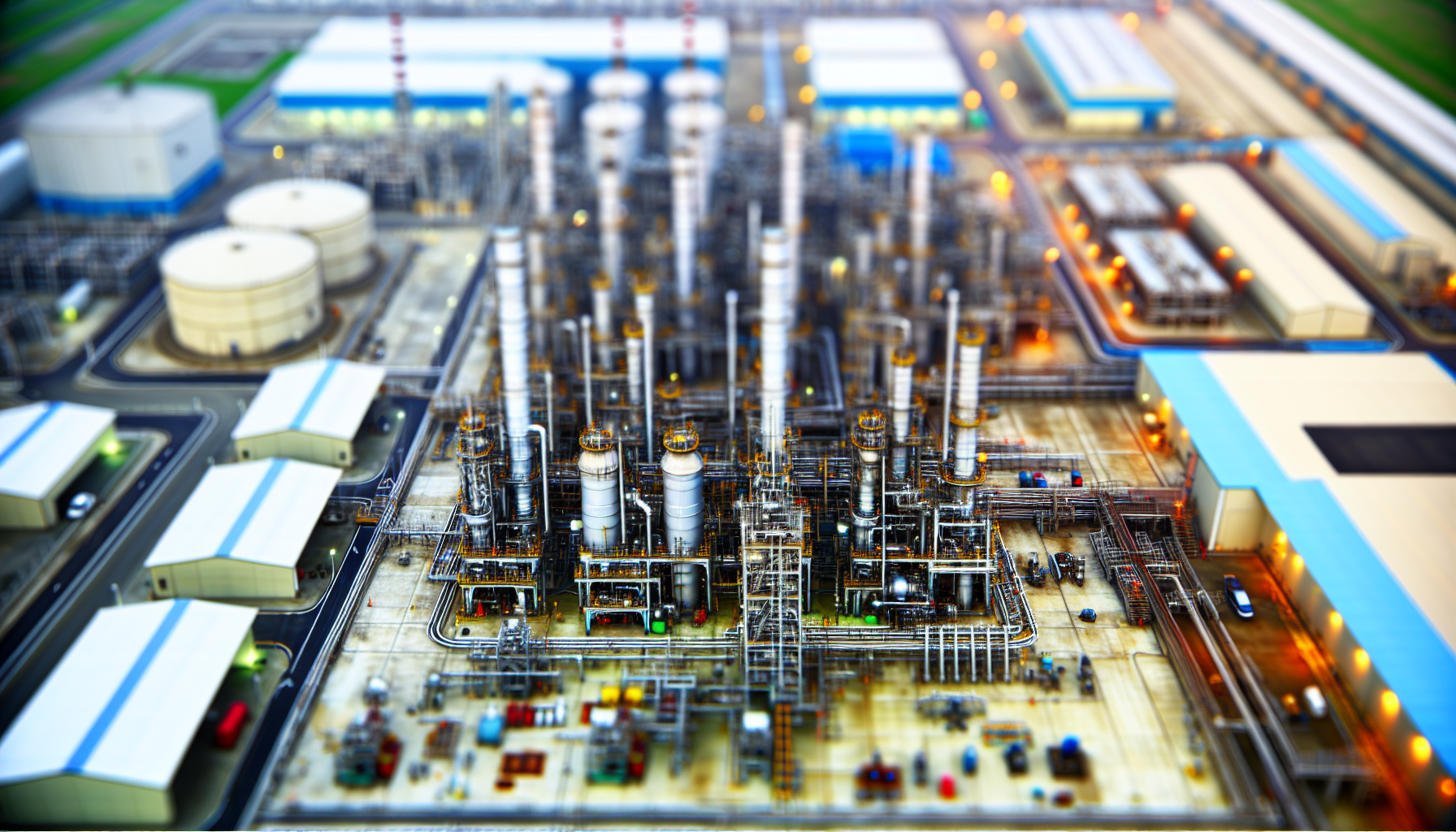Identifying Sources of Nitrogen Dioxide in Industrial Settings
In industrial environments, nitrogen dioxide is primarily generated through combustion processes, including power generation and manufacturing. High-output facilities can produce NO2 emissions at alarming rates, making it essential for workers to recognize common sources and implement preventative measures. The transportation sector, particularly freight trucking, presents one of the most significant contributions to NO2 pollution.
To protect both workers and the surrounding community, it’s vital to identify potential leak points and areas of high emissions during operations. This proactive approach enables industries to establish robust monitoring strategies, reinforcing the importance of nitrogen dioxide detection systems that can provide real-time data and alerts about increasing gas concentrations.
The Urgency of Effective Nitrogen Dioxide Monitoring to Mitigate Risks
The urgency for effective nitrogen dioxide monitoring in industrial settings cannot be overstated. Facilities that adopt comprehensive NO2 monitoring systems can reduce emissions through prompt and proactive measures. This reduction not only minimizes environmental impact but also facilitates compliance with legal regulations set by agencies such as the Environmental Protection Agency (EPA).
The EPA has established a National Ambient Air Quality Standard (NAAQS) for nitrogen dioxide, necessitating regular compliance testing across various industries. Failing to implement adequate monitoring and detection systems can lead to numerous risks, including health hazards for employees and severe penalties for non-compliance. It is imperative for industrial workers to grasp the critical nature of nitrogen dioxide monitoring and understand their responsibility in maintaining a safe working environment.
As we explore the potential for more effective nitrogen dioxide detection systems, it becomes clear that selecting the right monitoring technology is essential for safeguarding worker health and meeting regulatory requirements.
Choosing the Right Detection Systems for Nitrogen Dioxide in Your Facility
When selecting nitrogen dioxide detection systems for your facility, there are several key features to consider. Sensitivity is paramount; modern detection systems ensure that even trace levels of NO2 are identified promptly. A swift response time is equally necessary; advanced detection technologies can trigger alarms within seconds of detecting hazardous conditions, significantly improving response times in critical situations.
Additionally, integration with existing safety protocols and alarm systems is a vital consideration. A seamless connection between detection systems and workplace safety measures enhances overall effectiveness. By investing in advanced detection technologies, industries can create a challenging yet manageable environment—ensuring that every worker has access to the safest working conditions possible.
Regular maintenance of these systems is also crucial, and in the next section, we will discuss best practices for maintaining nitrogen dioxide monitoring equipment, as well as the importance of training personnel on the use and interpretation of detection systems. This training can empower workers to respond effectively to gas detection alarms, helping to establish a culture of safety and vigilance within the workplace.
Implementing Regular Maintenance and Training for Nitrogen Dioxide Monitoring Systems
Regular maintenance is essential to ensure that nitrogen dioxide monitoring systems work effectively. Best practices dictate performing calibrations to guarantee that sensors maintain their accuracy and reliability. Additionally, conducting routine bump tests helps verify the functionality of detection systems and can uncover any potential equipment malfunctions before they lead to serious incidents. Organizations should establish a schedule for maintenance to ensure compliance and reduce the risk of false alarms or undetected NO2 levels.
Equally as critical as equipment maintenance is the training of employees on the operation and interpretation of nitrogen dioxide detection systems. Regular training programs that integrate the latest technology updates can enhance staff efficacy. Proper training ensures that personnel not only know how to use the equipment but also understand the importance of monitoring NO2 levels continuously. It equips them with the skills to respond swiftly and appropriately to alarms, fostering a proactive safety culture in the workplace. Combined with an incident response protocol based on accurate monitoring data, trained employees can significantly mitigate risks associated with nitrogen dioxide exposure.
Providing Effective Solutions for Nitrogen Dioxide Monitoring and Detection Systems
Interscan stands out as an industry leader in providing sophisticated nitrogen dioxide monitoring solutions tailored for demanding industrial environments. Their advanced detection systems not only facilitate regulatory compliance but also improve air quality and ensure worker safety. By offering features such as real-time readings and a quick-exchange sensor system known as the ‘Interchange Sensor,’ Interscan empowers professionals in any industry to address the challenges associated with nitrogen dioxide exposure competently. For more information about Interscan’s products, visit the Interscan Product catalog.
The commitment to reliability and ease of use in Interscan’s products equips industrial workers with the tools they need for proactive gas management, thereby enabling them to maintain a safe workplace. Through continual innovation in detection technology, industries can mitigate risks and protect both their workforce and the environment effectively.
Understanding nitrogen dioxide detection and safety is paramount for industrial workers. Through advanced monitoring solutions and a diligent approach to training and maintenance, hazards associated with nitrogen dioxide can be minimized, paving the way for safer working environments. Establishing these practices not only ensures compliance with regulations but also enhances the overall well-being of employees and surrounding communities. If you’re interested in obtaining detection systems, you can request a quote from Interscan.


